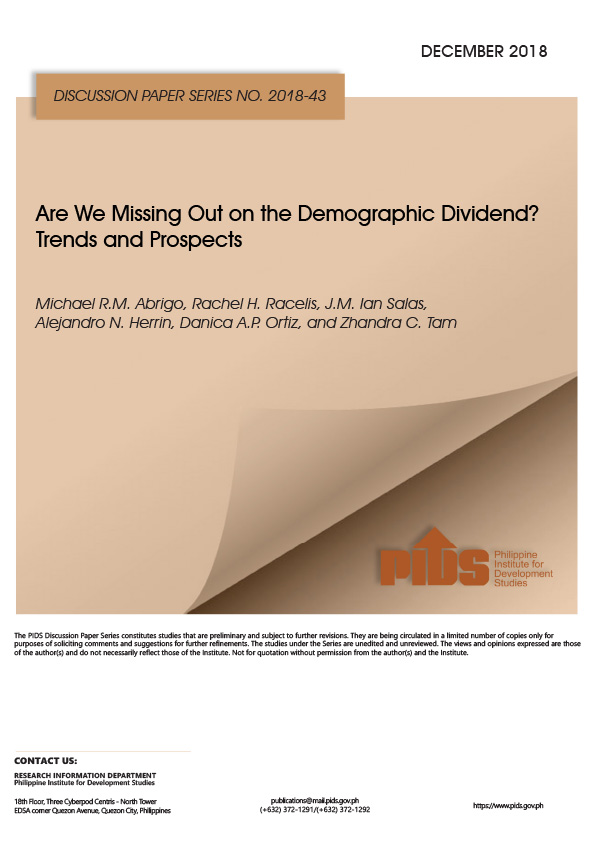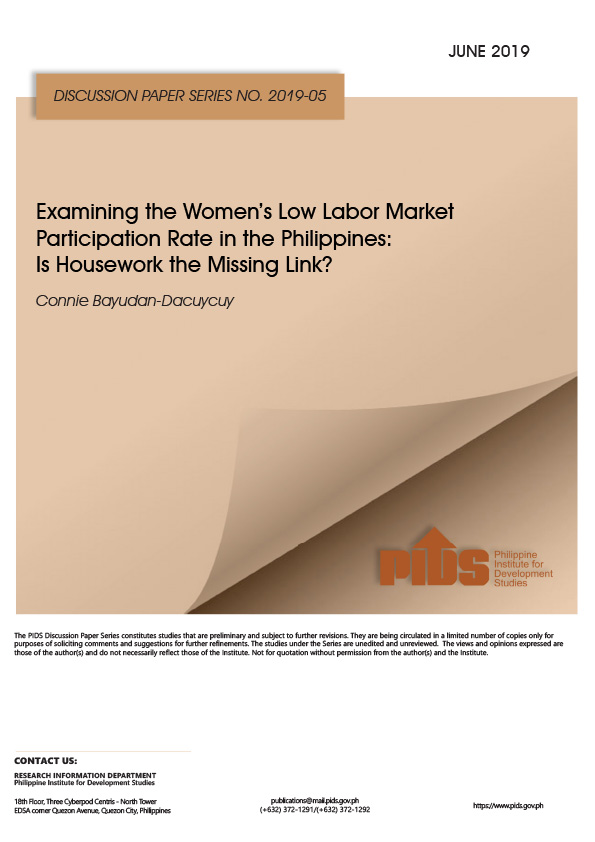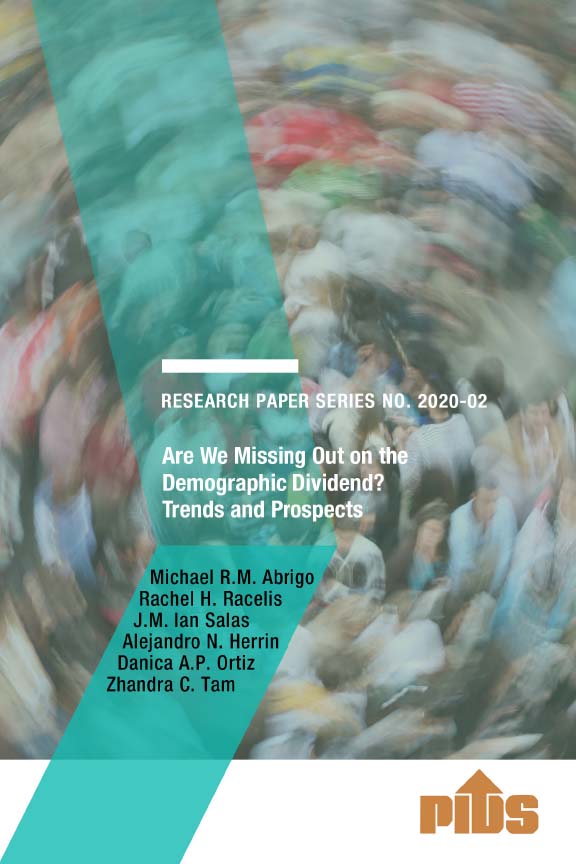IN a recent conversation on minimum-wage fixing, Prof. Solita Monsod of Bawal ang Pasaway expressed alarm over the huge minimum-wage demand of organized labor: P750 daily. This, she said, is unaffordable to many business firms, the micro, small and medium enterprises, in particular.
She also mentioned some studies of the Philippine Institute for Development Studies, Neda’s research think tank, which show the possible adverse impact of huge minimum- wage adjustments on employment. Accordingly, higher wages discourage job-creating investments and often lead to a vicious cycle of lower growth, higher unemployment and higher poverty. The PIDS economists have also produced research articles critical of the demand of the trade unions to restrict, if not prohibit, various forms of labor outsourcing and contractualization.
On the other hand, the demand of the trade unions for a P750 daily wage is closer to the P20,000 monthly income that a family of five should have in order to be not rated as poor in 2018, per the Social Weather Stations survey on self-rated poverty. The trade unions further argue that the ideal living wage is P1,000 daily, or nearly double the present daily minimum wage in the National Capital Region.
Like the labor-only contracting issue, minimum-wage fixing is an issue that has polarized the Philippine tripartite actors—government, industry and labor—since the Edsa I People’s Revolt of 1986. The rhetorics for or against the upward adjustment of minimum wages have become louder and louder through the years, and has put the leadership of the Department of Labor and Employment (DOLE) on the spot.
To avoid getting embroiled in debilitating debates on the appropriate minimum-wage adjustment, DOLE secretaries routinely refer the task of adjusting minimum wages to the Regional Tripartite Wages and Productivity Boards, citing the “legislative” power of the boards to issue Regional Wage Orders under the 1989 Minimum Wage Law. Moreover, the RTWPBs are usually convened to deliberate on new wage proposals only when there are “supervening events,” such as a situation of high inflation. On the proposal to have only one national minimum wage, the DOLE’s stock answer: It is all up to the legislature, if it wants to bring the country back to the old system of having only one national minimum wage.
Now back to the conversation with Prof. Monsod. In the conversation, we cited the following: a) the importance of collective bargaining and employer-employee wage bargaining as the appropriate institutions for wage fixing, b) the need for the government to strengthen the system of dialogue and consultation among the parties on an industry-to-industry basis, c) the abysmal lack of the culture of sharing between industry and labor, and d) the imperative of having industry-labor-government or tripartite agreement on how to build up productivity and industrialization on an industry-by-industry basis. To our mind, these are the elements missing in the present system of wage fixing, as well as in the ongoing national debate on whether to restrict or liberalize outsourcing and labor contractualization.
Let us elaborate on these elements:
First, on the role of collective bargaining and employer-employee wage bargaining. In modern and democratic industrial relations, wage fixing is generally a function of employer-employee bargaining. Plant-level and industry-level bargaining enable the two sides to come up with realistic wage rates, which do not affect the viability and profitability of various industries and enterprises. However, the wage agreements are also usually tied to cooperation on how to build up productivity and grow the industry at a higher and higher level.
In countries with high levels of unionization, such as those in Western Europe and North America, the minimum wage is rarely adjusted, for, after all, industries and unions rely on bilateral wage bargaining as the primary mode of wage fixing. Yes, there is a minimum wage, but this is retained or maintained mainly as the safety net wage for the unorganized unskilled/semi-skilled workers.
The problem in the Philippines is that the institution of unionism has been declining, and so is the institution of collective bargaining. The 2017 ILO diagnostics on decent work indicate that only around 200,000 workers or so were covered in that year by CBAs—in an economy with 42 million to 44 million work force! Hence, minimum-wage adjustment has become a big union issue because this directly affects the bargaining power of the union movement. The increase in minimum wage also becomes a major instrument in union organizing.
Nevertheless, even if there is no union in the enterprise, the Labor Code, under Article 267 (formerly Article 255), provides that workers, without exception, have the right to “participate in policy and decision-making processes of the establishment where they are employed insofar as said processes will directly affect their rights, benefits, and welfare.” Further, the same Article states that the employees and the employers may form for this purpose labor-management councils. In short, plant-level wage bargaining through the LMC can be done even if there are no unions. The question then is why is this not happening? Calling the attention of DOLE on this.
This brings us to the next point: the weak system of dialogue and consultation among the tripartite parties. Why are there no joint ECOP-trade union studies on appropriate level of wages for various industries? Why are employers simply reacting to union demands as a matter of habit? Why are they not proposing an alternative road map on cooperative system of wage fixing?
The absence of dialogue is unusually pronounced in the country’s leading corporations or top 100 firms. The heads of these industries hardly attend any tripartite gatherings or consultations. It is always their lawyers who attend the meetings even if many of them do not have the authority to make commitments on substantial issues such as the outsourcing of work. We join Prof. Monsod in her biting observation: why is the culture of sharing so weak and underdeveloped in many Philippine industries? In our conversation, we also cited the observation that some of the industries that are doing very well in the market and earning fantastic profits, such as those in the ICT and telecom industries, are the ones most heavily engaged in the outsourcing of work even if they are in a great position to regularize the majority of the workers and pay them higher wages. The share of labor cost in these industries is likely to be less than 10 percent of the total cost of doing business.
Finally, one win-win approach to wage fixing missing in the Philippines: a comprehensive program of industry-labor consultation/dialogue in support of cooperation in sustained productivity and sustained gain sharing between and among the parties. However, such programs of dialogue/consultation leading to cooperation in productivity and gain sharing should be supportive of the overall program of continuous industrial upgrading. There is no way industry can meet the requirements of labor for higher wages and of the economy for higher growth if industry remains stuck at the lower level of development, or at the low ends of the global value chains of multinationals.




